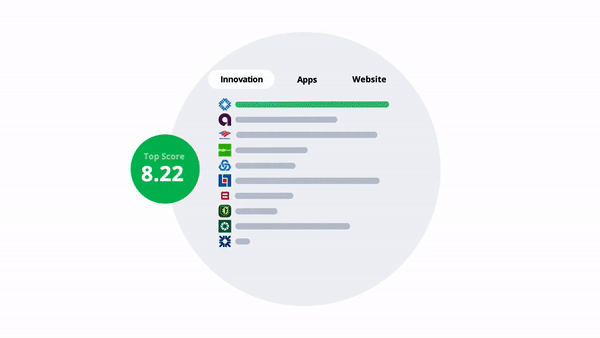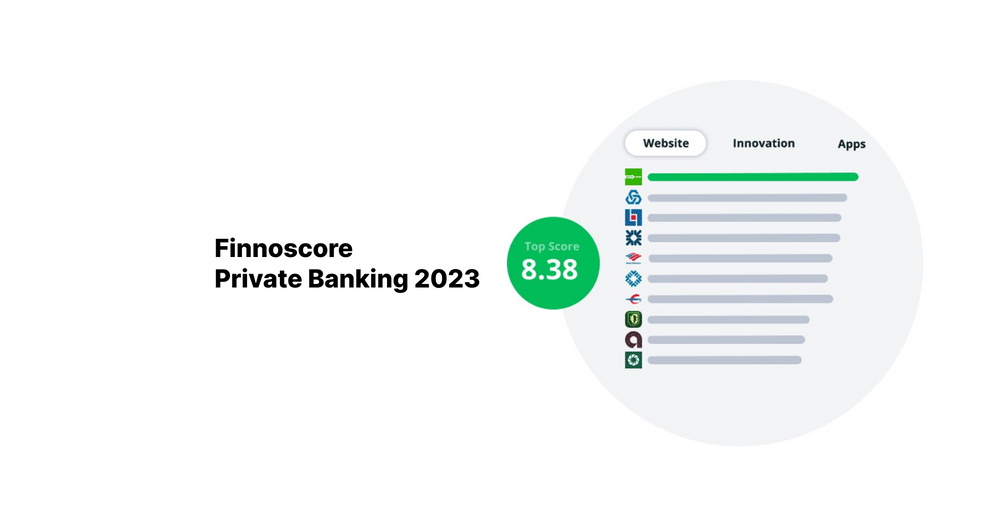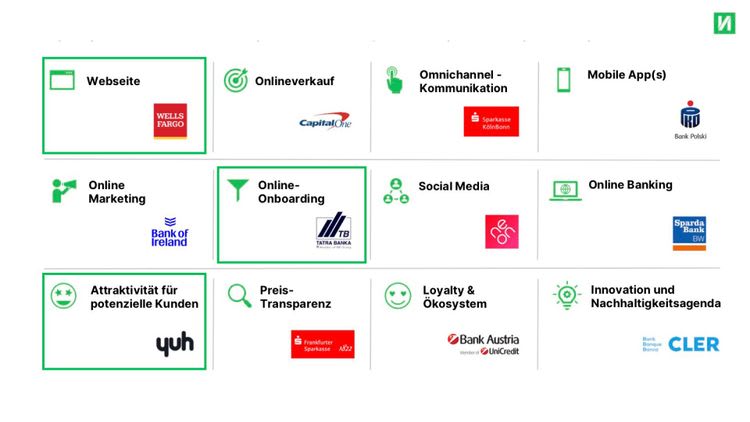Captain Jake #4: How to make products go viral
Time to put your money where your mouth is and improve the product

In our last post of our blog series we showed you how you can quickly and successfully implement a new business model – from the initial idea to the launch of a first marketable product (MVP).
But what do you do now? Sit back and wait? Increase marketing expenditure and wait for success to come to you? Far from it, your journey is just getting started. We have an MVP, now we must set the course for growth.
Time to put your money where your mouth is and improve the product
Let’s take another look at the example of our customer: a fully functional digital bank was set up in just 9 months. But the task didn’t end there – the product was ready, but nobody knew about it. And on top of this, competitors also developed new digital offers. So we had to position our offer on the market and continuously improve it. This was the only way we could keep ahead of the competition.
What was our strategy?

Finding the right key performance indicator (NSM)
We must never lose sight of our original goal. This is why we must keep on asking ourselves the crucial questions: why do we do what we do and what do we want to achieve with it?
The overarching added value that we want to convey to our customers helps us to achieve this. It provides us with the “One Metric that Matters” (also known as “North Star Metric” – NSM): it is THE central variable by which our decisions are based.
Here’s an example to explain it better:
MySpace chose the number of registered users as the NSM . The more the better for them. On the other hand, Facebook concentrated on the monthly active users. The difference is not hair-splitting but it had dramatic consequences for the projects. Having a lot of registered users that do not show any activity does not bring any added value. The number of monthly active users is obviously lower. But this tells us whether customers will continue to use and appreciate the product or will move away to competitors.
Now that we have defined a measurable criterion for success – how can we achieve it?

Attract attention
Nowadays, customers have the privilege of choosing between countless offers. This means a good product alone is no guarantee of success. It is almost even more important to make customers aware of your great product.
This is where “growth hacking” comes into play. This is the attempt to win as many customers as possible with the lowest possible budget. What does this mean? Let’s take a closer look at it all:
First off, we have to choose a clearly defined target group that will be specifically targeted. For this we must choose an acquisition strategy. There are three possible strategies to choose from:
- viral means using existing users to recruit new ones. This is how, for example, the Dropbox Space Race works.
- sticky wants to tie as many existing users as possible to the product. This means growth can occur even if there are just few new customers.
- paid pays users just enough money that there is still profit for the company (positive customer lifetime value).
Not every strategy is suitable for every business model. Which one can be used depends on the individual case.
Activate and keep users
Winning customers is only the first step. After that they have to be activated, they are supposed to actually use the product. We also want to prevent them from moving to competitors.
The last problem was solved well by guitar manufacturer Fender: 90% of guitar buyers found learning too demanding after one year. So the customers stopped playing, the products were not recommended and no new ones were bought. The modular game programme Fender Play made playing guitar easier and kept customers loyal to the brand.
Customer activation can work wonders. Our banking product had a built-in referral function that allowed customers to send recommendations to new customers. However, customers hardly ever used them. That was until we introduced Referrer of the Month and after this was in play the usage increased significantly.
Review and revise
And even when we have done everything to provide for viral growth, we can’t sit back. The competition never sleeps and can overtake us at any time. For this reason, we have to be constantly revising our product. We’ve explained how this works in our blog post #3: Build – Measure – Learn – Repeat.
Now we have all the important elements to make our product a success.
Get in touch so that we can get started together.

















